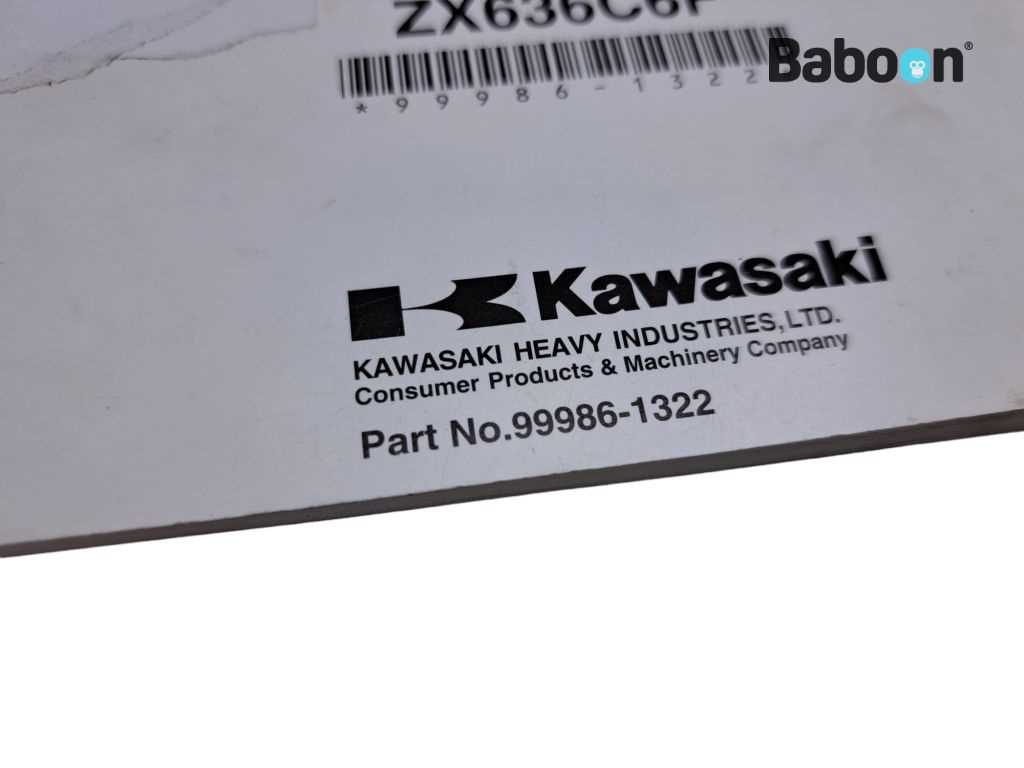
Maintaining a high-performance motorcycle requires attention to detail and a clear understanding of its specific needs. This guide provides an in-depth look at the essential care practices for sportbike enthusiasts. Whether you’re fine-tuning the engine or adjusting other key components, regular upkeep ensures optimal performance and longevity of your machine.
Routine maintenance plays a crucial role in ensuring that your motorcycle remains in top condition. From checking the fluid levels to inspecting the tires and chain tension, consistent care helps prevent long-term issues and promotes a smoother ride.
In this guide, we will delve into the important procedures every rider should follow. You’ll find detailed instructions on how to approach various tasks to keep your vehicle running smoothly and efficiently.
Guide to Basic Motorcycle Maintenance

Proper motorcycle care is essential to ensure long-lasting performance and safety. Regular upkeep can prevent common issues, increase efficiency, and extend the lifespan of your vehicle. This section highlights key maintenance tasks that every rider should be familiar with to keep their motorcycle in optimal condition.
Engine Oil and Fluid Levels

Regularly checking and changing the engine oil is critical for smooth engine operation. Ensure the oil levels are within the recommended range and replace the oil filter periodically. Other vital fluids such as brake fluid and coolant should also be monitored and replenished when necessary.
Tire Condition and Pressure

Maintaining the correct tire pressure and inspecting the tires for wear is crucial for safe handling and performance. Uneven tire wear or low pressure can lead to reduced traction and unstable handling. Always ensure your tires are in good condition and properly inflated.
How to Perform Regular Safety Checks

Performing routine safety inspections is crucial for ensuring the longevity and proper functioning of your vehicle. These checks help identify potential issues early, keeping both the rider and the machine safe. By regularly assessing key components, you can avoid unexpected problems and maintain optimal performance.
Inspect the Brakes

- Check the brake pads for wear and replace if necessary.
- Ensure the brake fluid levels are adequate and there are no leaks.
- Test the brake lever and pedal for smooth operation.
Check Tire Condition and Pressure

- Examine tires for any visible damage or excessive wear.
- Ensure that tire pressure is within the recommended range for safe riding.
- Look for embedded objects that could cause punctures.
- Test the lights and indicators to confirm they are functioning correctly.
- Ensure the chain is lubricated and adjusted to the proper tension.
- Verify that all bolts and fasteners are secure to avoid any loose parts.
Understanding Essential Engine Functions

The engine is the core of any motorbike, driving its performance and responsiveness. To achieve smooth and efficient operation, it’s crucial to understand how various components interact. A well-maintained engine ensures not only power but also reliability on the road, making it essential to grasp key functionalities that govern its behavior.
Combustion Process: The process of combustion is central to generating power. Fuel and air mix in precise proportions before igniting, resulting in the energy that propels the vehicle forward. Maintaining an optimal balance is critical for efficiency.
Cooling System: An efficient cooling system prevents the engine from overheating, which can lead to serious damage. It manages the heat produced during operation, ensuring the components function within safe temperature limits.
Lubrication: Proper lubrication reduces friction between moving parts, extending the lifespan of the engine and maintaining smooth performance. Regular oil checks and changes are vital to avoid wear and tear.
Air Intake and Exhaust: A well-functioning air intake allows the engine to breathe, while the exhaust system ensures gases are expelled efficiently. Both are necessary for maintaining power output and reducing emissions.
Tips for Maximizing Fuel Efficiency

Achieving optimal fuel consumption is crucial for any motorcyclist looking to extend their riding time and reduce refueling stops. Implementing smart techniques can help enhance the mileage of your vehicle, ensuring a smoother and more economical experience on the road.
One of the most effective strategies is maintaining a steady speed and avoiding rapid accelerations. Sudden bursts of speed may offer excitement, but they significantly increase fuel consumption. Keeping a consistent pace ensures the engine runs efficiently, conserving energy.
Another important factor is regular maintenance. Ensuring that your tires are properly inflated and that your engine is well-tuned can have a considerable impact on fuel efficiency. Small adjustments in these areas can lead to noticeable improvements over time.
Additionally, reducing unnecessary weight is key. Carrying heavy gear or equipment can strain the engine, leading to higher fuel usage. Traveling light helps your machine perform more efficiently.
By following these simple yet effective tips, you can make the most of your motorcycle’s fuel capacity, ensuring longer rides and fewer stops at the gas station.